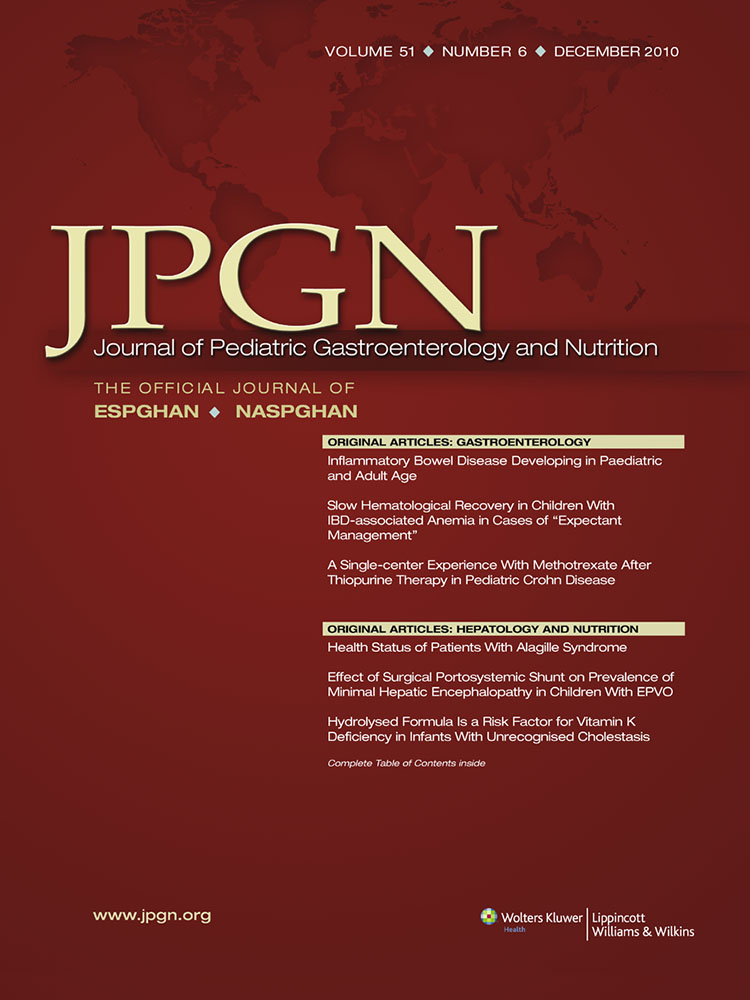How Do Antegrade Enemas Work? Colonic Motility in Response to Administration of Normal Saline Solution Into the Proximal Colon
The authors report no conflicts of interest.
ABSTRACT
Objective:
The aim of the study was to evaluate the colonic motor response to the administration of normal saline into the proximal colon.
Patients and Methods:
Pediatric patients undergoing colonic manometry received a saline infusion (10–20 mL/kg) in 10 minutes through the central lumen of a catheter placed into the proximal colon. We compared the number of high-amplitude propagated contractions (HAPCs), motility index, frequency and propagation of other phasic contractions in the 20 minutes before and after normal saline infusion, meal ingestion, and bisacodyl administration.
Results:
Thirteen patients, mean age 9.4 ± 5.8 years, received the saline infusion (3 in the cecum, 8 in the hepatic flexure, and 2 in the transverse colon). In the first 20 minutes after saline infusion, the number of contractions (P = 0.005), distance of propagation of contractions (P = 0.007), frequency of contractions (P = 0.009), and motility index (P = 0.003) were significantly higher compared with baseline. Mean amplitude and number of HAPCs were not significantly different from baseline. Motility parameters after saline and after ingestion of a meal did not differ. All of the measured motility variables significantly increased after bisacodyl stimulation. Bisacodyl increased the motility index and HAPCs more than either saline infusion (P = 0.002) or meal intake (P < 0.001).
Conclusions:
Infusion of saline into the proximal colon is associated with an increase in colonic motility; however, at the volume and rate used in the present study it does not consistently stimulate HAPCs.




